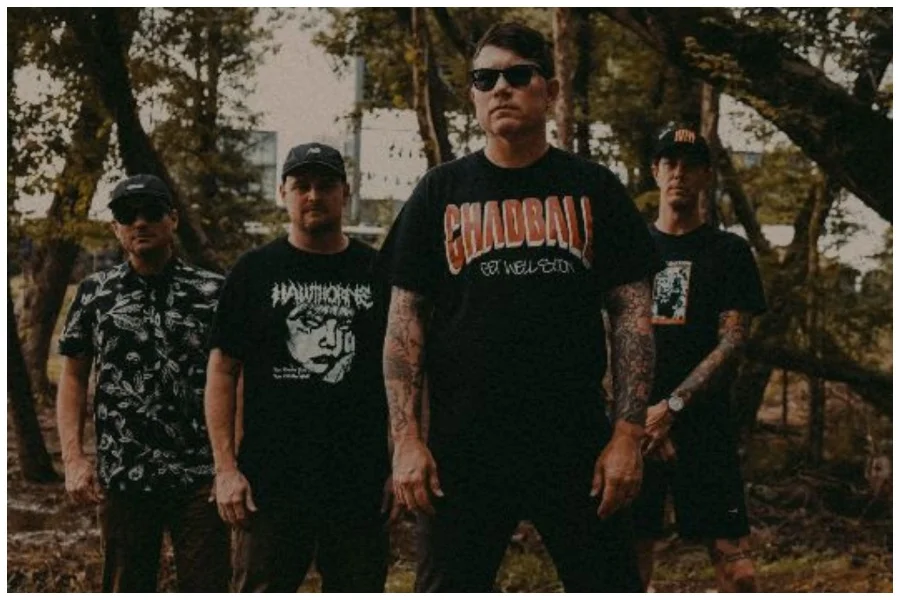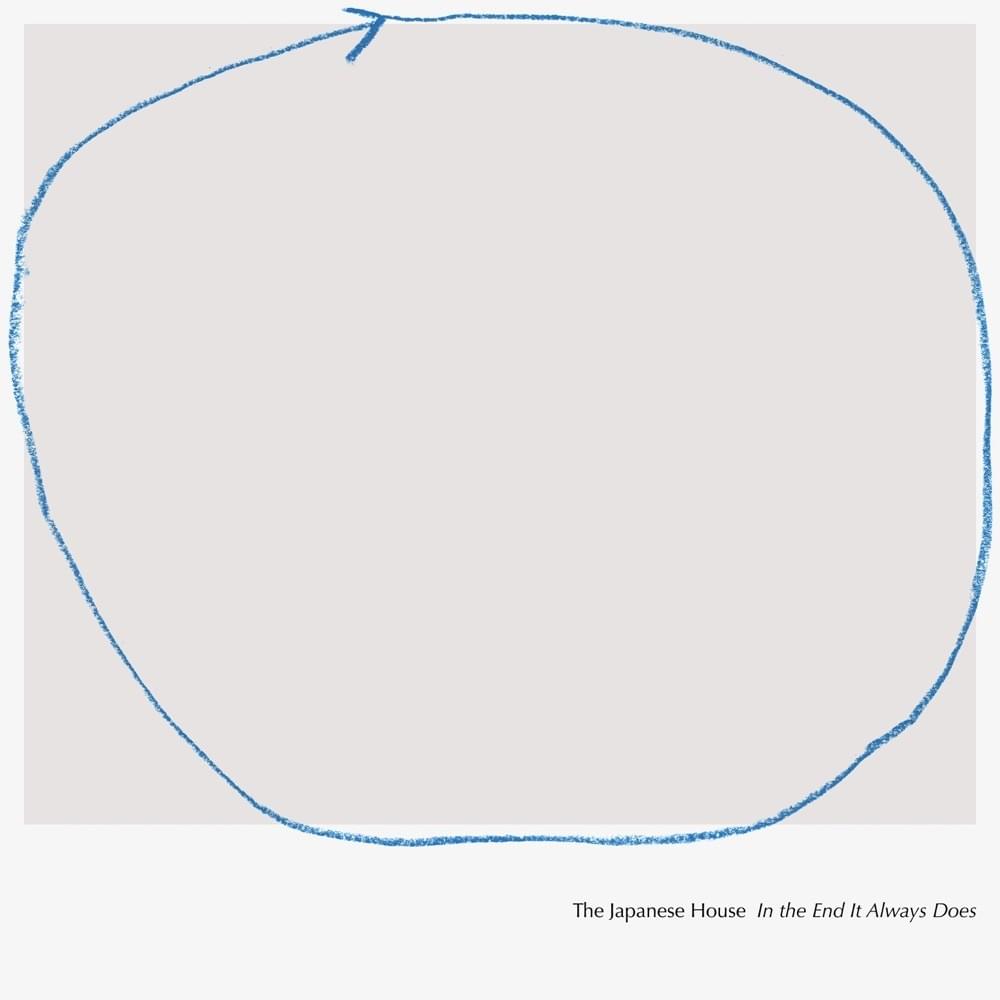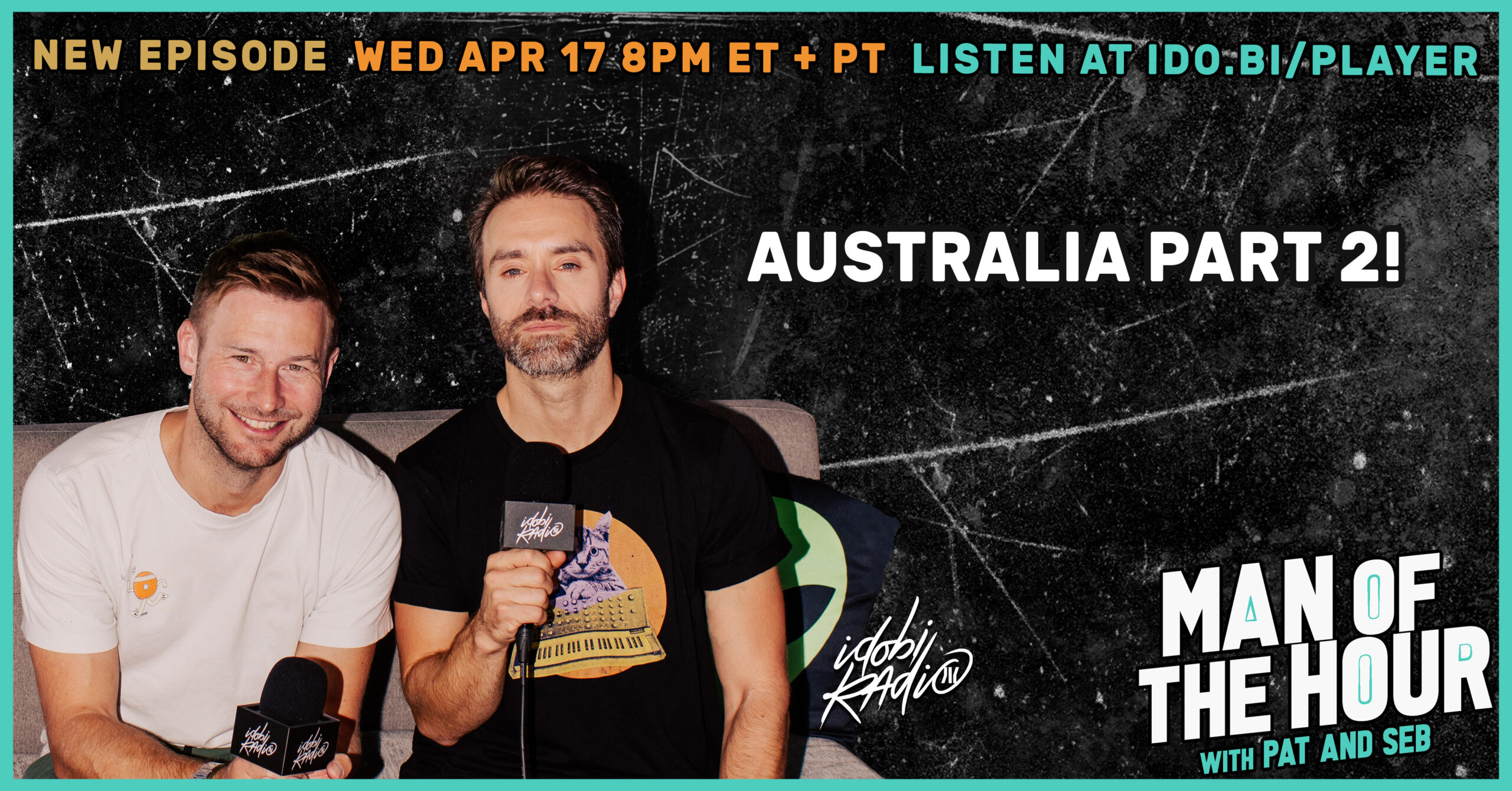New York – The Nov. 8 broadcast of NPR’s “Morning Edition” featured two of the recording industry’s top engineer/producers and one controversial piece of technology.
New York-based Pat Dillett (David Byrne, Mary J. Blige, They Might Be Giants) and Los Angeles-based Ed Cherney (the Rolling Stones, Bob Dylan, Bonnie Raitt) were featured on the broadcast, which is part of a “Morning Edition” series on science and art. The subject: pitch-correcting software, particularly Auto-Tune, made by Antares Audio Technologies.
Introduced in 1997, Auto-Tune was created by Dr. Andy Hildebrand. The research that led to its creation was far from the music business, however. The algorithm used in Auto-Tune was first developed by Hildebrand, then working as a geophysicist, to analyze seismic data for locating oil under the earth’s surface.
But, as “Morning Edition” science correspondent David Kestenbaum explained on the program, “it also happens to be really good at identifying pitch and cycles in a singing voice… Software like Auto-Tune essentially allows you to change the pitch while keeping the overall phrasing and sound the same.”
To the ears of many listeners, the emphasis on technical perfection in modern pop production has extracted the qualities that make music interesting – quirks and imperfections in a given performance, for example, or a vocalist’s unique characteristics.
The degree to which pitch-correcting software and hardware is relied upon by some artists has brought no small amount of criticism. By association, Auto-Tune has also come under fire.
But such criticism, Dillett and Cherney say, is not fully deserved.
HELPFUL TOOL
“It’s a great and totally acceptable tool,” Dillett tells Billboard. “We’ve been trying to fix pitch for years. Well before Auto-Tune, we’ve had tons of methods – even before sampling – to speed things up, slow them down, fly them back in (to the track) and get them right. It (was) really hard. So I’m glad it’s easy.
“It’s good at fixing small errors in an otherwise interesting or moving or just tolerable performance,” Dillett adds, “and not having to totally discard something or wear yourself down working on the same word or line over and over just because there’s one (note) that’s hard to hit.”
Before pitch-correcting software, Cherney says, a degree of pitch manipulation could be accomplished with such equipment as an Eventide Harmonizer, a hardware-based effects processor. Cherney says he has used Auto-Tune on several artists’ vocals, but sparingly, and often only because the artist is traveling or otherwise unavailable.
“They use it on country records,” Cherney says, “and I hate that. These are some of the greatest singers that ever walked the earth. Some of the great singers – Sinatra, Tony Bennett, Rosemary Clooney – didn’t need Auto-Tune. They got through 50, 60, 70 years (of recording history) without needing it, and we heard some really, really great performances that we still hear today.”
The most concentrated use of pitch correction, not surprisingly, is in the teen pop genre.
“They are more interchangeable,” Dillett allows, “in the way their productions are done…. That’s where I don’t like it.”





























